This was the second all live-action film made by Walt Disney – and again made in England at Denham Film Studios and it is my own favourite film. My very first post on this Blog covered Treasure Island – a first for Disney – and as the year 2012 closes we concentrate on this one.
As films go this is about as good as it gets. It is a superb film in all respects.
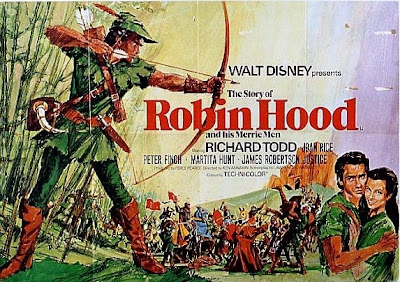
Following Treasure Island Walt Disney decided to make The Story of Robin Hood and carefully chose the leading actors himself – certainly Richard Todd and Joan Rice were his preference – and he was right. They were VERY good.
This publicity still – above – shows Walt Disney meeting both Richard Todd and Joan Rice whilst filming an exterior scene actually at Burnham Beeches in June or July of 1951 –
The story is beautifully told and tells of Robin Hood becoming an outlaw after his father is murdered and the now famous meeting with the ‘ Merrie Men ‘ then to a thrilling climax in the castle with Robin locked in combat with the Sheriff of Nottingham – brilliantly played by Peter Finch – in the role that would kick start his career.
Richard Todd plays a youthful Robin Hood – and plays him well with just the right balance of action and romanticism whilst Joan Rice takes her big chance with this role and is excellent – and she really looks the part and to my mind is unrivalled in this portrayal.
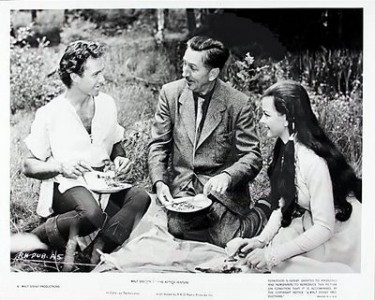 Richard Todd, Walt Disney and Joan Rice enjoy a picnic at Burnham Beeches while filming The Story of Robin Hood – Above
Richard Todd, Walt Disney and Joan Rice enjoy a picnic at Burnham Beeches while filming The Story of Robin Hood – Above
James Robertson Justice fits the bill as Little John and James Hayter nearly steals the show with his portrayal of Friar Tuck. Also Elton Hayes as Alan A’Dale is perfect and links many of the scenes with his minstrel songs. Martita Hunt who a few years earlier had played Miss Havisham, is here cast as Queen Eleanor – mother of Richard and Prince John.
On top of this we have Hubert Gregg as a brilliant Prince John with Peter Finch as mentioned earlier as the Sheriff of Nottingham.

Here are four of the main characters Left to Right Elton Hayes, Richard Todd, Joan Rice and James Hayter – above.
This shot of Hubert Gregg as Prince John – above – just seems to capture the style of how he played the the part.
The Director of the film was Ken Annakin and this was his big break in films although he had directed British films such as The Huggets and Quartet – so he was by no means unknown. He did a great job on this film. Walt Disney appointed Carmen Dillon as Art Director who he got on well with and who he trusted and I have to say her set design on this was just wonderful. Some of the studio forest scenes and the enormous Robin Hood camp set she built were incredible. It is a good job this film was made at Denham because there she had the room to do what she wanted.
Another person who we have posted on before on this Blog was Peter Ellenshaw Matte Artist genius who painted in some great matte backgrounds. Ken Annakin thought this process was wonderful and enabled the film to have such a big scale look. Guy Green was in charge of the colour photography. These are all names that belong in a Film Greats List if such a thing exists.
Robin meets Little John – the famous quarter staff fight on the bridge. Again a wonderful studio set from Carmen Dillon but it was just so real.
I know we will re visit this film in the future as there is so much to say about it. However for much much more information please go to this site by clicking on:- www.disneysrobin.blogspot.com
There you will see about six years of considerable effort by Tony who has produced it – others like myself have contributed and we have together found out so much – as you will read.
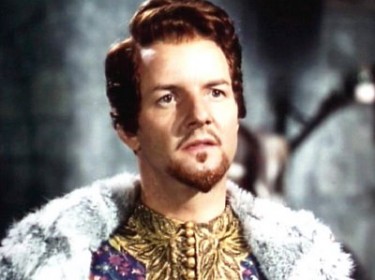
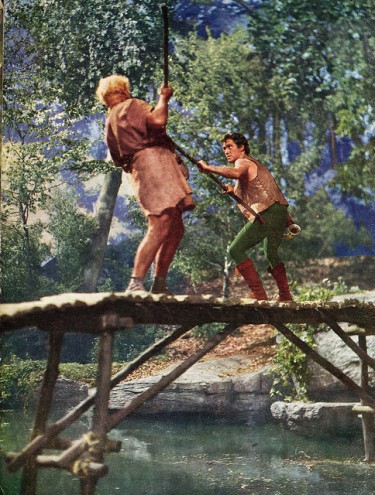


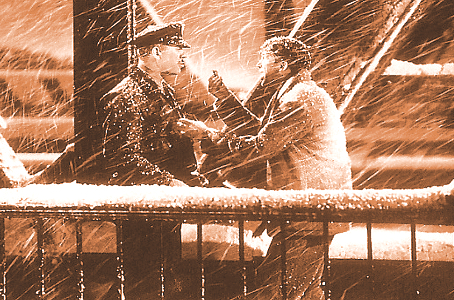

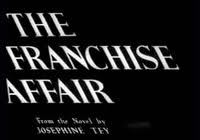
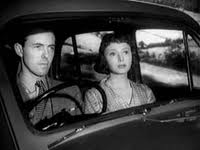
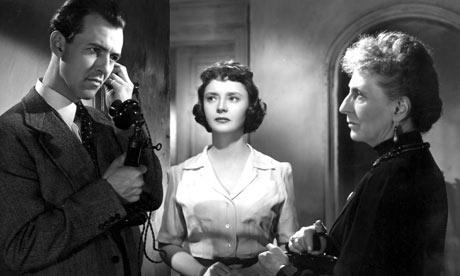




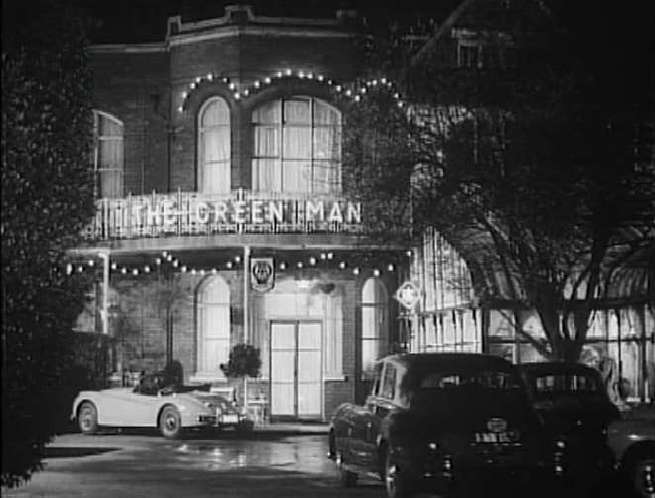


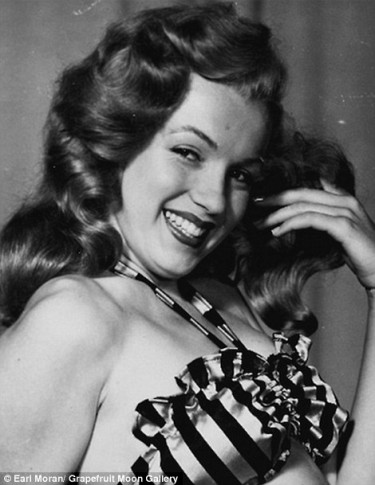
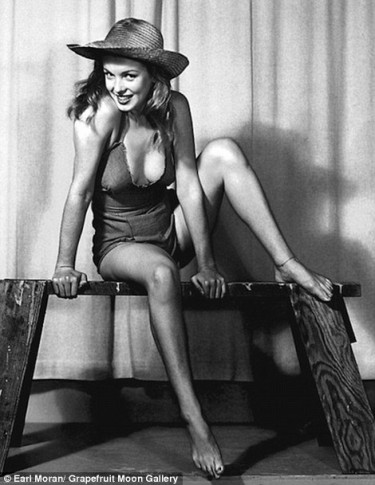
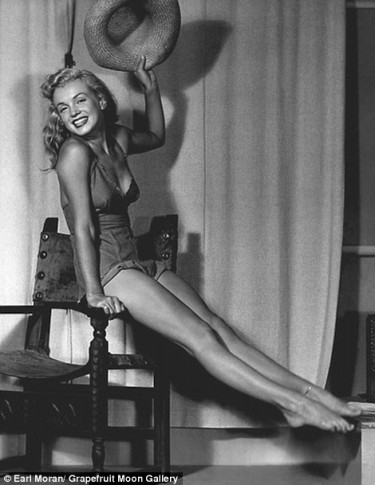
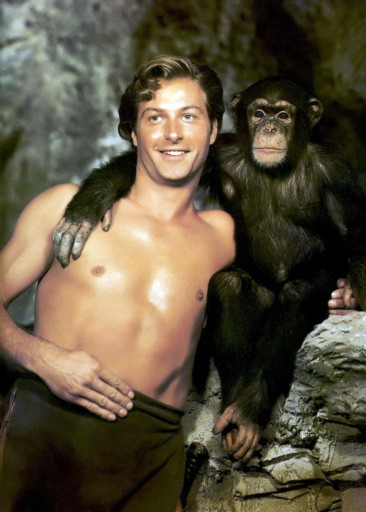
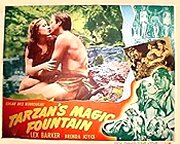 Tarzan’s Magic Fountain was Lex Barker’s first Tarzan film — producer Sol Lesser interviewed more than 1,000 actors to replace Johnny Weissmuller in the role of Tarzan.
Tarzan’s Magic Fountain was Lex Barker’s first Tarzan film — producer Sol Lesser interviewed more than 1,000 actors to replace Johnny Weissmuller in the role of Tarzan.  Brenda Joyce swoons in Weissmuller’s arms
Brenda Joyce swoons in Weissmuller’s arms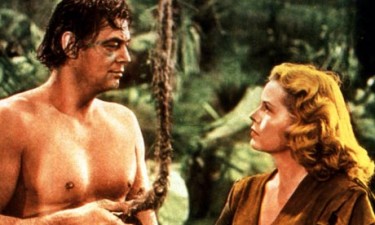
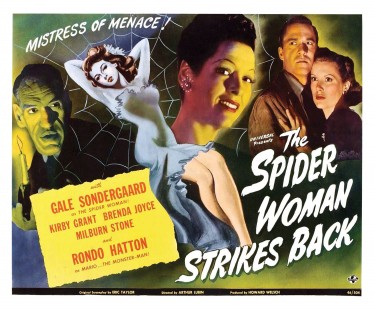
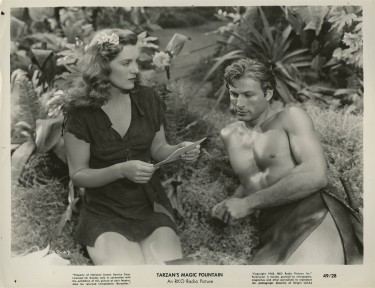
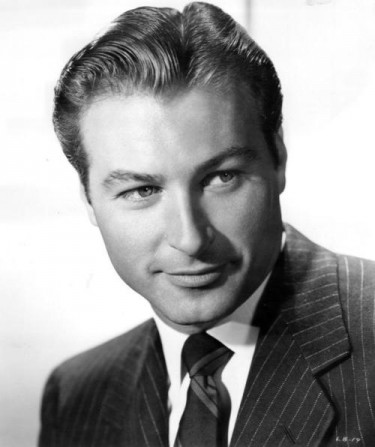
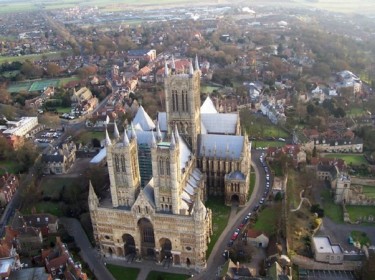
 her Christopher Whitton Panton; who was shot down and killed on a bombing raid over Nuremberg on 30/31 March 1944.
her Christopher Whitton Panton; who was shot down and killed on a bombing raid over Nuremberg on 30/31 March 1944.
